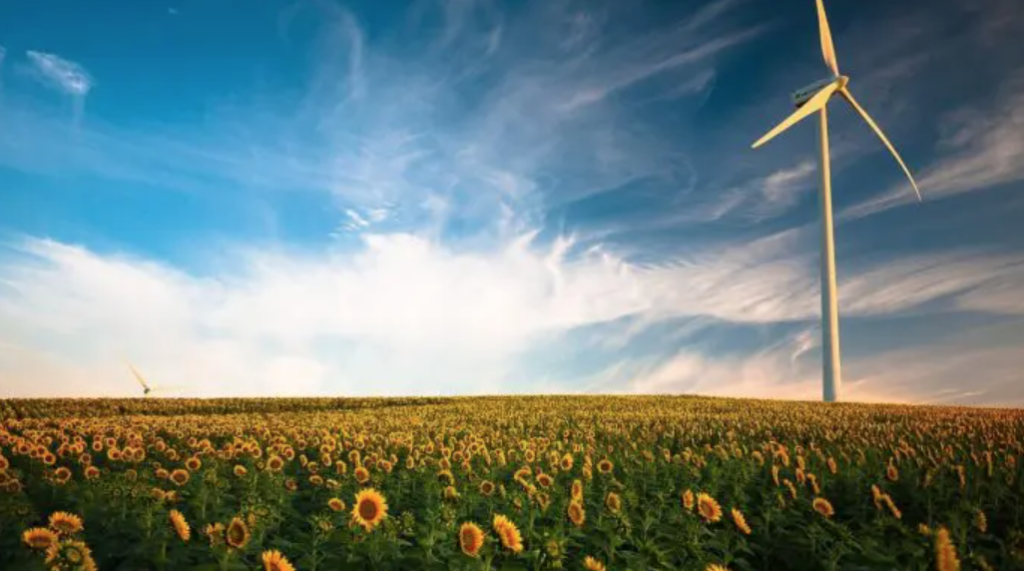Coal and fossil subsidies, not everything can be solved with gas
(Sustainabilityenvironment.com) – We need “radical and immediate” actions to put the global energy transition on the right track. Global investments have to rise to $5.7 trillion a year by 2030. While at least 700 billion dollars a year of subsidies and investments from fossil fuels must be moved to renewables and technologies needed to keep the 1.5-degree threshold. Public funding must double, even if the private sector will be the main contributor. The warning comes from the World Energy Transitions Outlook 2022: 1.5°C pathway of Irena, the International Renewable Energy company.
Priorites indicated by the world energy transitions outlook 2022
Where to start? The priorities are clear for Irena. The energy transition can no longer tolerate coal. Replacing the electricity generation from this fuel fossil source with clean alternatives is “vital”. In World Energy Transitions Outlook 2022 is written: “In recent months, gas shortage and high prices have brought a slowdown in the global coal phase out, making it even stronger for a more aggressive diffusion of renewables”.
The second priority is to gradually delete fossil subsidies. This operation must go hand in hand with the reduction of existing market distortions. How? While cutting down subsidies and benefits, we must be sure that the real cost of fossils – on economical, environmental, sanitary level – are reflected in the final prices.
Third priority, make the renewables stronger. We have to run three times faster than today to achieve the objectives, which the Agency sets at 836 new GW per year. “Technology specific goals and policies are particularly needed to sustain less mature technologies, like ocean energy and concentrated solar”, says the World Energy Transitions Outlook 2022.
Fourth priority according to the Irena: adapt the infrastructure to the new landscape that is emerging. We need more flexibility and interconnected system to ensure the integrations without any increasing quotas of renewables. We can’t believe that everything can be solved with gas: “The idea that fossil fuel alone will support larger shares of solar and wind looks set to be overtaken by the improved economics of alternative sources of flexibility”.
Meanwhile we remain off schedule on all renewable sources. The new renewable capacity installed every year is just one third of what is needed, but fortunately something is happening. Bad news for renewable heating, investments in energy efficiency, electric cars and connected infrastructure. The same happen for hydrogen, CSS and BECCS.

